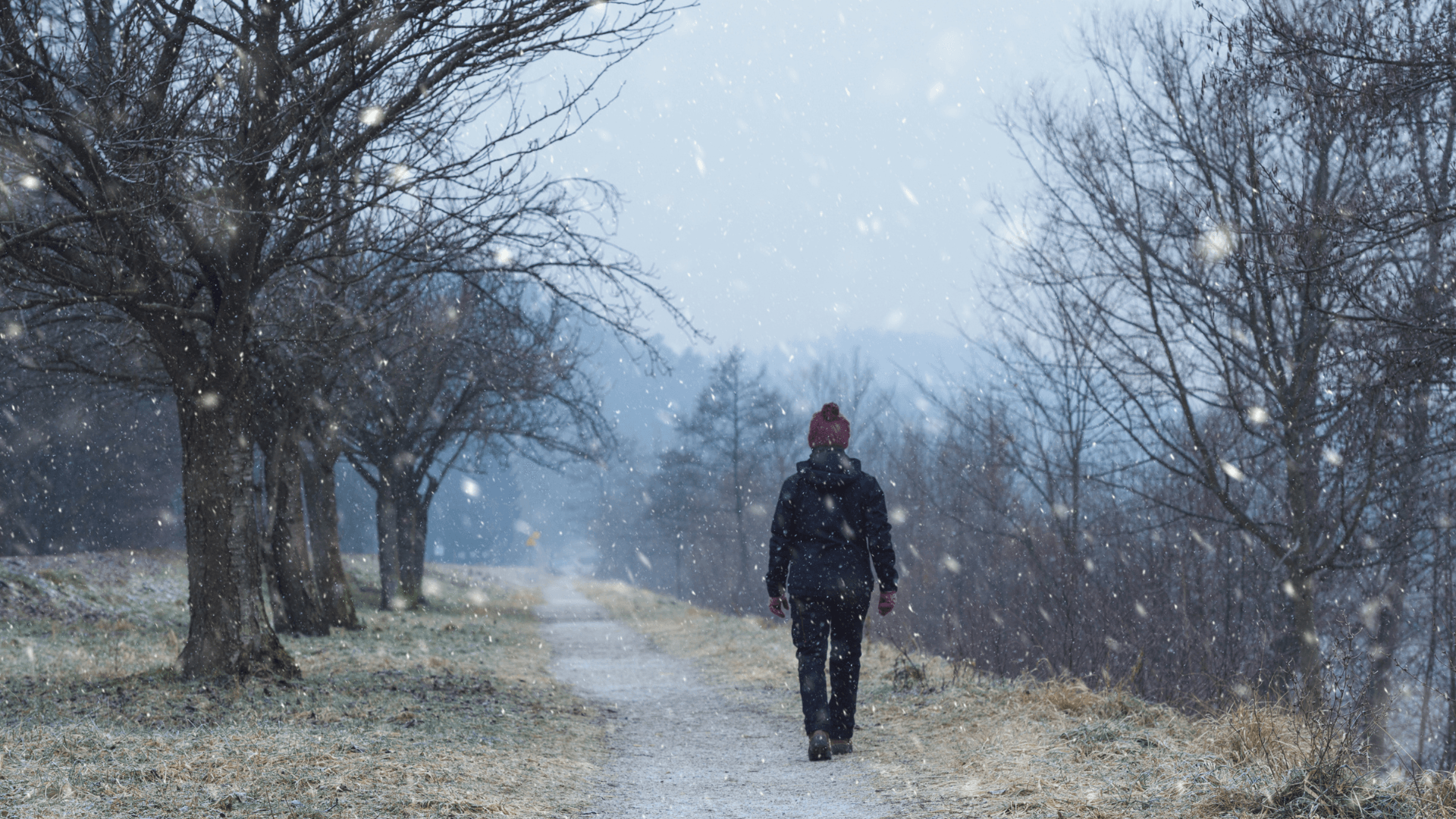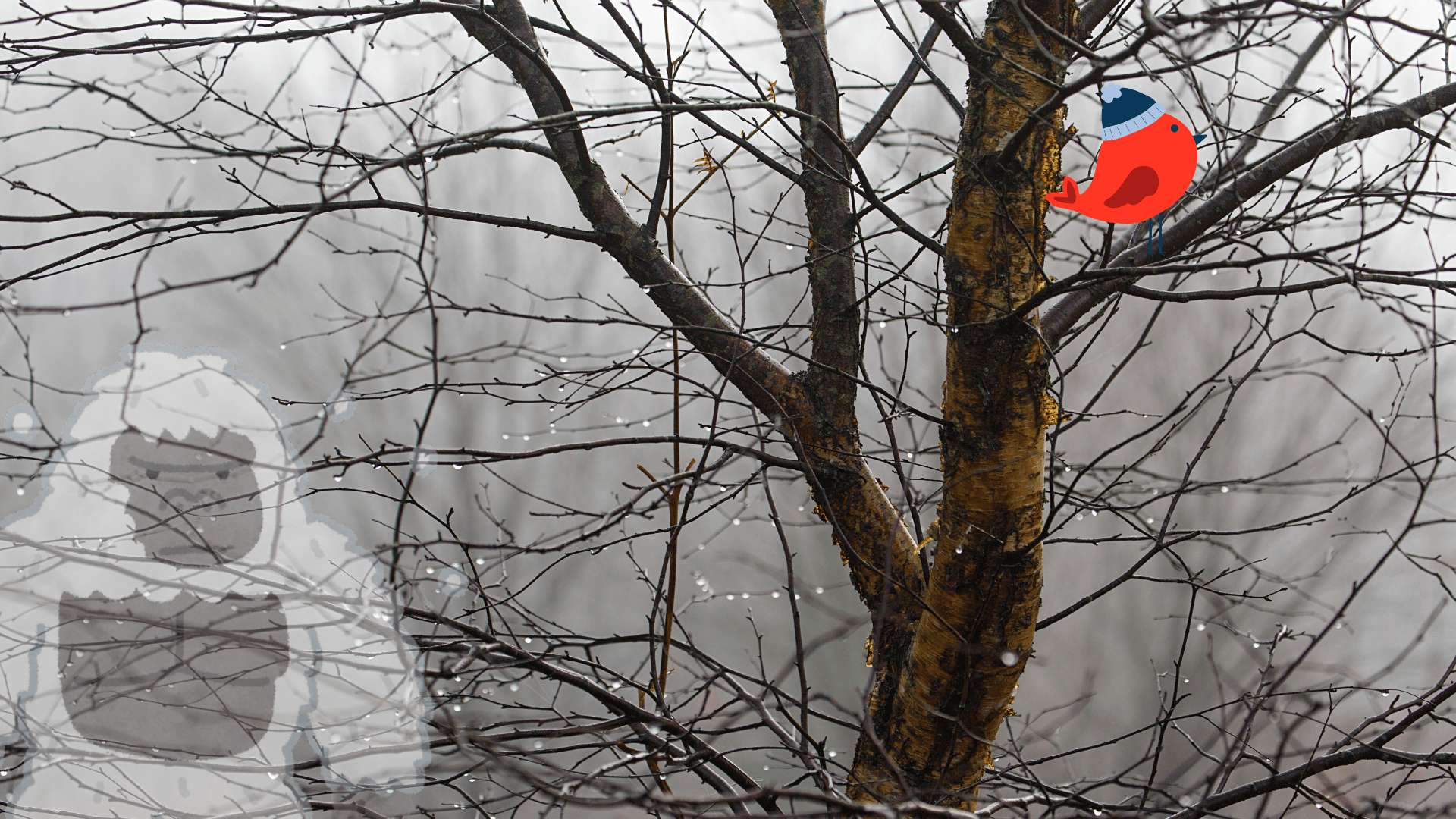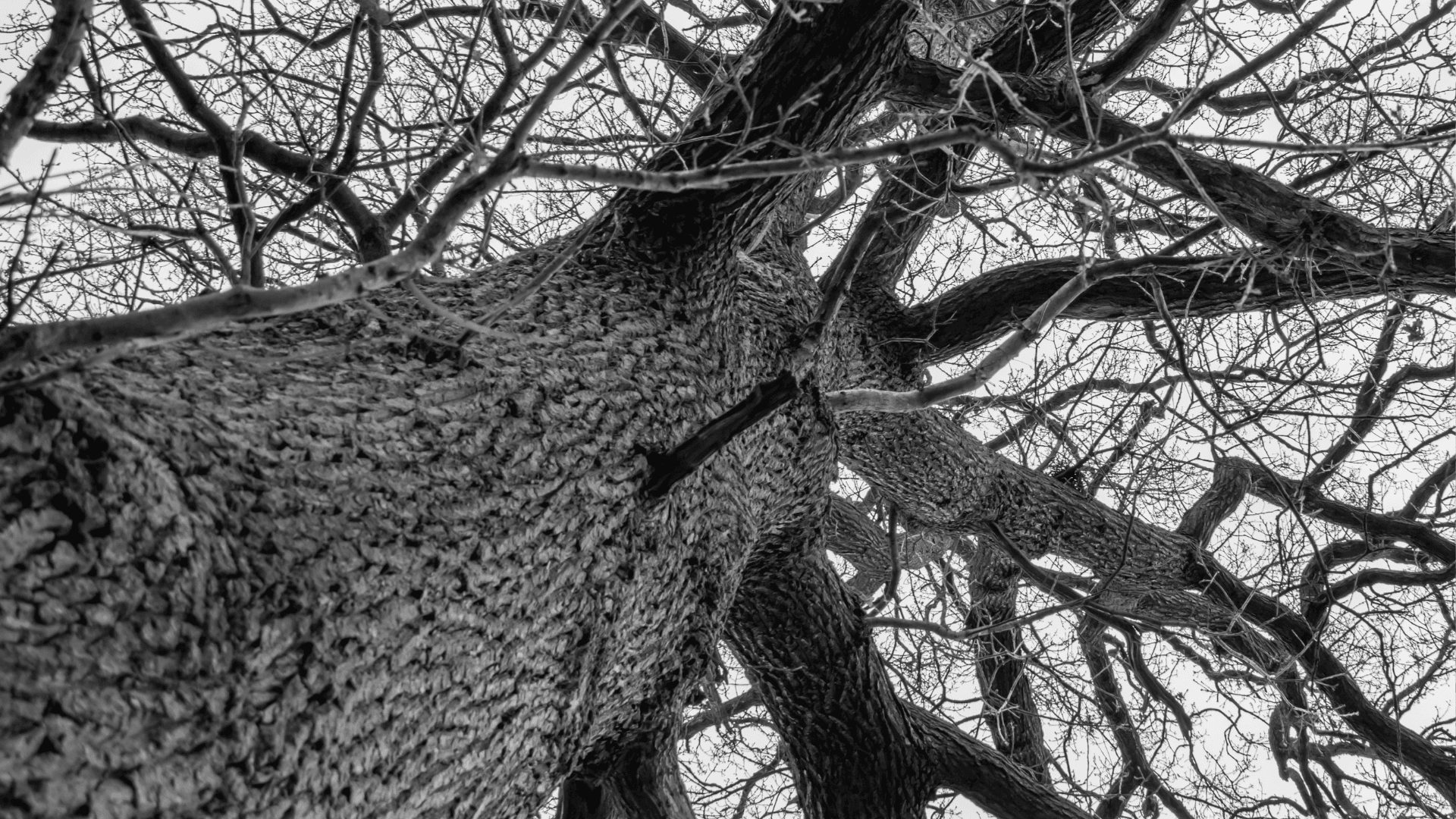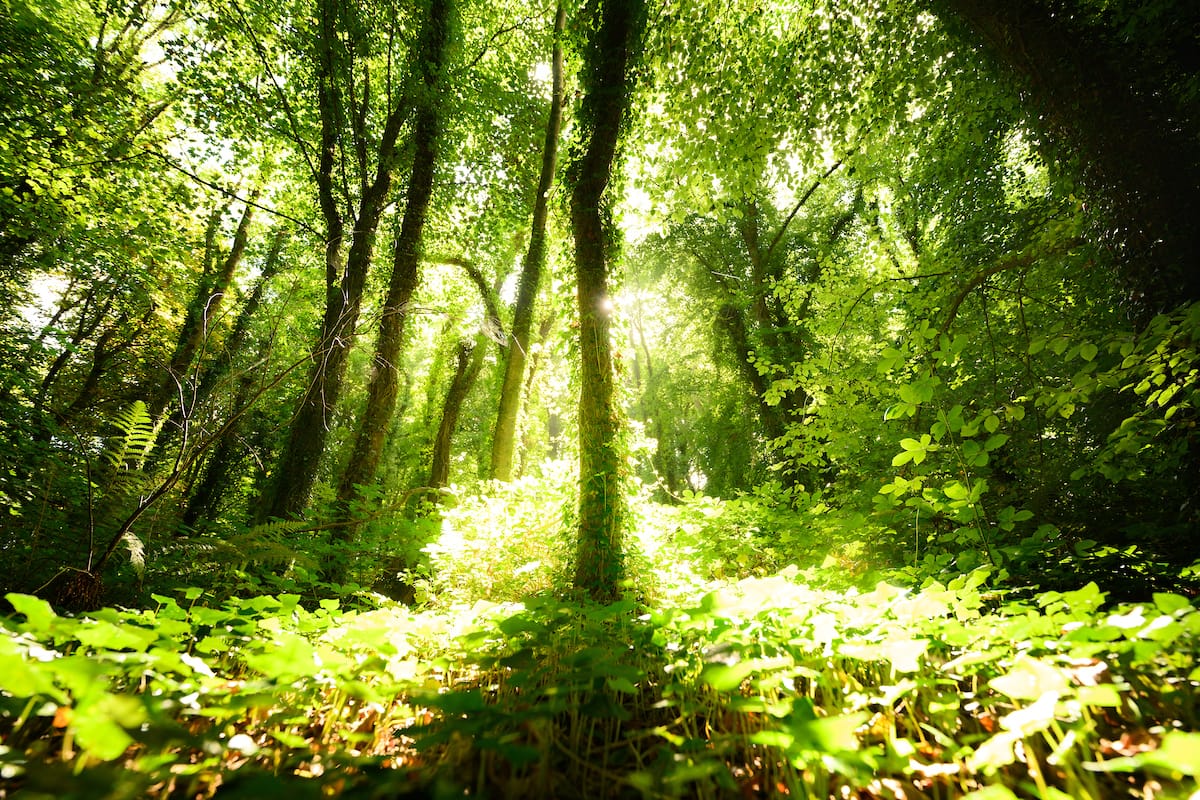What Happens to Trees in Winter?
Whats happening underground on your winter walks!


Ah, winter. A time when the earth sleeps under a blanket of frost, the winds howl with secrets, and the trees… well, the trees don’t just survive the cold, they endure. I imagine them like ancient sentinels, standing tall and resolute against the cruel chill that sweeps through the Irish countryside. Picture it—your oak, ash, or beech, a proud soul, standing in the midst of a storm, feeling every bite of the icy winds as they whip past. But don’t be fooled, my friend. These trees are no mere passive observers—they’re quietly plotting, resting, and bracing themselves for the grand return of spring.
Now, let’s have a little chat with these trees. Imagine one of them sighing, its gnarled limbs creaking as it whispers, “Ah, here comes the frost again. Time to go to sleep. But I’ll be back. Always.”
A Winter’s Sleep is more than just rest….
When the bitter Irish winds start to make the air feel like it’s been dipped in ice, trees begin the long process of winter dormancy. You see, unlike us, they can’t just throw on a slanket (although they would look great in one, don’t you think?). Instead, they rely on their deep roots to survive, slowing down their metabolism and conserving their energy. This is their version of wrapping up in layers of blankets and taking a deep, brooding rest.
“I’ll close my leaves up tight, retreat into myself,” the tree thinks, its bark almost shivering with anticipation. “No need for the sun’s warmth now. I’ll wait. It will return, and I will rise again.”
Winter in Ireland might not bring harsh blizzards, but the cold can still be brutal. Trees prepare for this by entering a state called dormancy. Essentially, they “shut down” certain functions, focusing all their energy on surviving. The leaves fall off in autumn to prevent moisture loss, and the tree reduces its metabolic processes to conserve water and nutrients. The tree doesn’t just rest—it’s actively conserving its energy like a vampire slinking into the shadows for a long, quiet slumber.


How Do Trees “Go to Sleep”?
During the winter months, trees undergo a fascinating process. Without leaves to photosynthesize, they reduce their intake of sunlight and water, focusing entirely on surviving the cold. The tree essentially shuts down its most active systems—like a slow, peaceful hibernation.
The roots also take a break from absorbing nutrients, since the frozen soil can’t provide much. And instead of drawing water from the soil like in warmer months, the tree relies on moisture stored in its trunk, branches, and roots. If you were a tree, you’d feel that change too, like a slow downshift in a car. There’s less “work” being done, but the tree is still quietly alive beneath its bark.
At the molecular level, trees protect themselves from freezing by producing antifreeze-like chemicals, like sugars, that lower the freezing point of their sap. So while the world around them might be frozen solid, they’re preserving their very essence. Imagine it like a magical barrier, keeping the chill at bay, until the world warms again.
“I shall endure,” the tree murmurs, its trunk holding its breath.


A Silent Guardian, The Tree’s Endurance
During winter, the tree becomes something of a silent guardian. It’s not actively growing, but it’s certainly not dead. The leaves have fallen, the branches stretch out stark against the sky, and the tree stands stoic, eyes closed (well, metaphorically) against the elements. “I’ll wait for the thaw,” it thinks, “I’ve weathered worse.”
But what does the tree do when the ground is frozen solid, and it can’t take in nutrients through its roots? This is where things get really fascinating. The tree doesn’t just hibernate—it conserves its resources and prepares itself for the inevitable return of warmth. The sap, which flows abundantly in the spring and summer, slows down to a crawl, keeping just enough moisture in the tree to maintain its life force.
And the best part? The tree doesn’t mind the wait. Sure, the Irish winds are biting, and the rain falls cold, but it knows that winter is only a phase, not an end. It’s merely a moment to gather its strength for when the days grow longer, the air warmer, and the sun finally returns to kiss the land once more.


Spring’s Awakening
The magic of winter lies not just in the cold, but in the tree’s resilience. As the days slowly stretch longer and the light begins to return, the tree wakes up from its dormant state. It’s like a gentle, knowing stretch after a long nap. And how does it know when to wake up? The sun. The position of the sun shifts with the seasons, and this change is the cue for the tree to begin its awakening. With longer days and more sunlight, the tree detects the warmth through its bark and the subtle signals in the atmosphere. It senses the sun’s power, slowly building over weeks, and begins to move again.
The sap rises, pushing life through the veins of its branches, and tiny buds begin to form. “Ah,” the tree thinks, stretching its limbs, “Spring has come. I knew it would return.”
When the frost finally loosens its grip and the first buds of spring begin to stretch towards the sky, the tree, who has patiently waited through the bleak days of winter, feels a stirring deep within. The sap begins to rise, the branches start to thicken, and soon enough, new leaves emerge, soft and green, as if to say, “Look, I told you I’d be back.”
The tree rises from its slumber, ready to reach for the sky once more, drawing life from the earth, just as it always has. But it never forgets the winter. It knows that those cold, lonely nights in the Irish countryside were a part of the cycle of life—a reminder that rest, resilience, and patience are the true keys to enduring the coldest seasons…..

